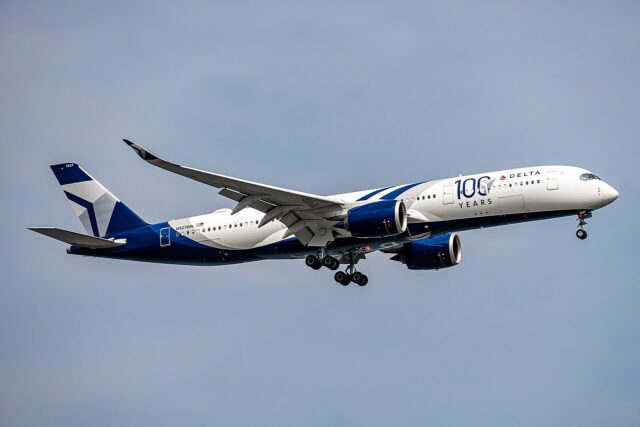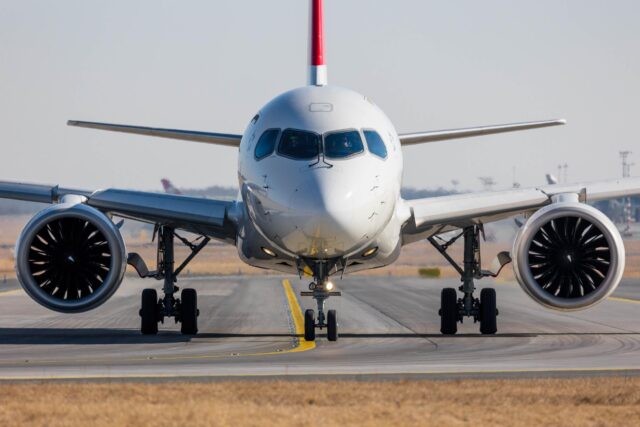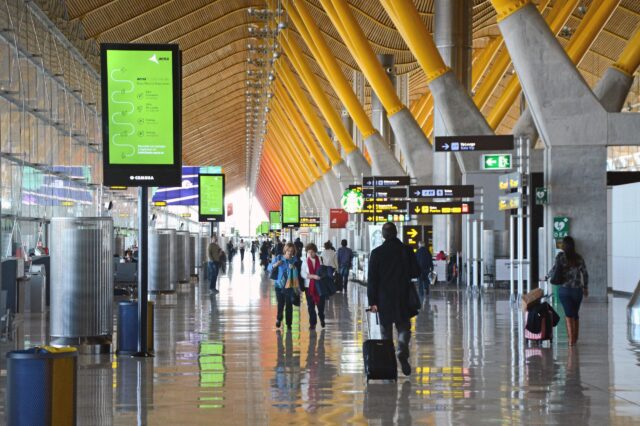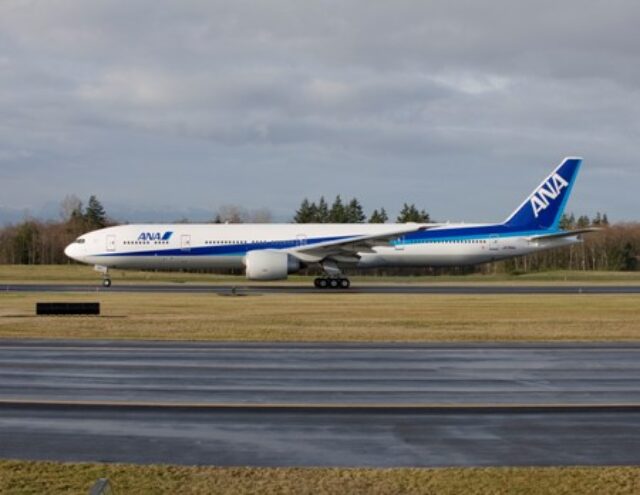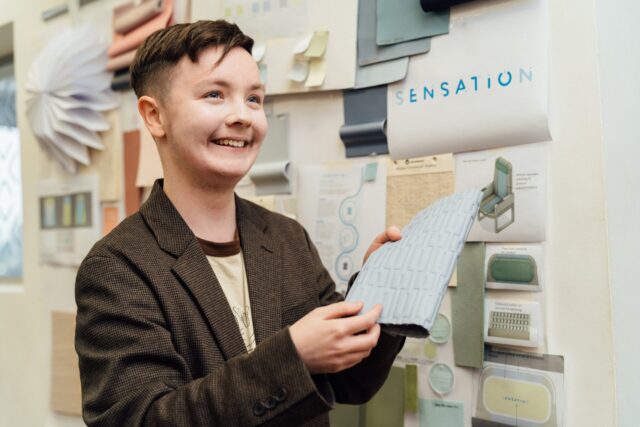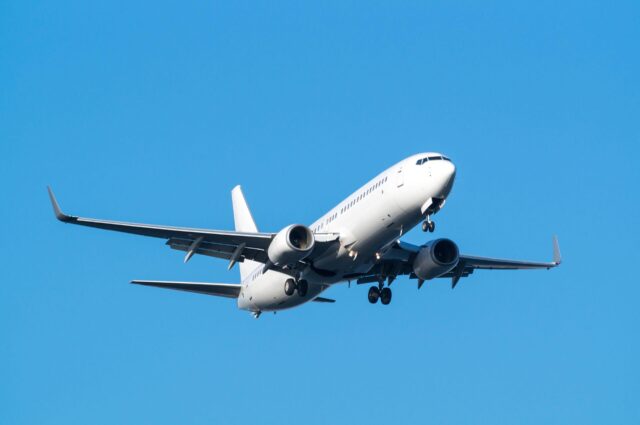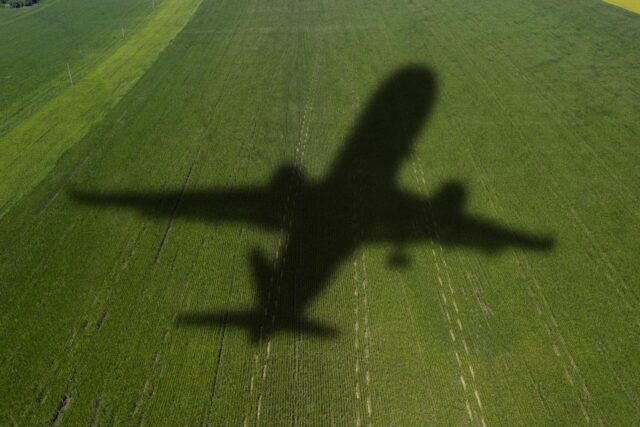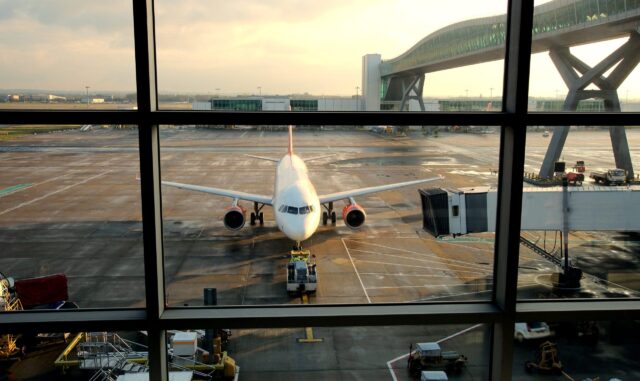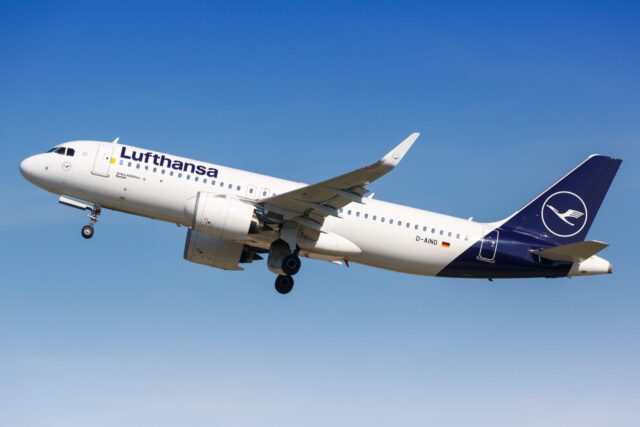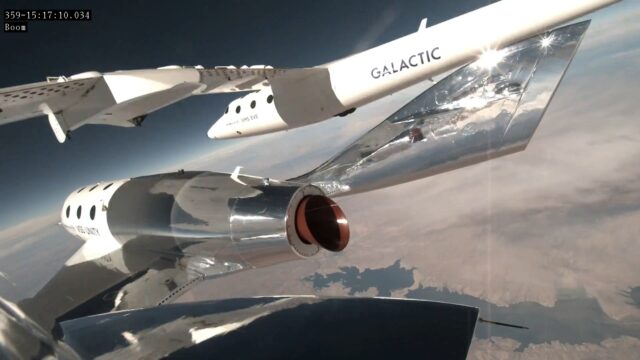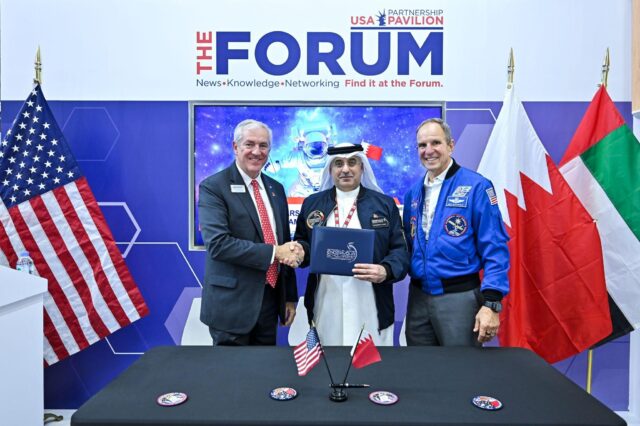New Air Force One faces further delays

The VC-25 programme was catapaulted back into the limelight after President Trump toured a former Qatari 747-8 aircraft at Palm Beach International Airport, near his Florida home, in order to get a better understanding of the configuration, space and volume of the two new VC-25B presidential transport aircraft.
Fixed wing aircraft used to transport the President of the United States use the callsign ‘Air Force One’, which has, over time, become the informal but common name of the primary Presidential aircraft. At the moment these are a pair of VC-25As – newly-built for the role, but based on the airframe of the Boeing 747-200. These were delivered in 1990 during the administration of President George H. W. Bush and have been used by all five subsequent US Presidents.
The USAF’s Air Mobility Command began looking at possible replacements for the VC-25A in about 2007, and issued a ‘Sources Sought’ notice for a replacement aircraft on 7 January 2009. This outlined a requirement for three new aircraft, the first to enter service by 2017 and two further aircraft following in 2019 and 2021. EADS North America said that it would not respond to the requirement on 28 January 2009, on the grounds that assembling just three A380s in the US (a condition of the requirement) would not make financial sense.
This left Boeing as ‘the only game in town’, offering 747-8 and 787-based solutions, and on 28 January 2015, the Air Force finally announced the selection of the Boeing 747-8I to replace the VC-25A.

On 10 May 2016, the Air Force posted online an amendment to its Air Force One contract authorizing Boeing to begin preliminary design activities. This version of the contract synopsis confirmed that the government would buy two modified (not new production) 747-8I aircraft. Boeing was awarded a contract in January 2016 to identify cost reduction opportunities in areas that included communications, aerial refuelling and maintenance.
A further contract was placed on 15 July 2016, for pre-engineering and manufacturing development (EMD) risk-reduction addressing “system specification, the environmental control system, the aircraft interior, the electrical and power system and sustainment and maintenance approaches.”
In 2017, the USAF entered purchased two second hand 747-8 Intercontinental (747-8I) aircraft from Boeing. These had originally been ordered by Transaero, which filed for bankruptcy before the aircraft could be delivered. Instead they went into storage at Southern California Logistics Airport (also known as Victorville Airport) in the Mojave Desert.
On 27 February 2018, the White House announced a US $3.9 billion agreement with Boeing to modify the two 747-8s to replace the VC-25As, under the designation VC-25B. The modification centred on new secure communications equipment to bring them to the required security level for the presidential aircraft. Modifications began at Boeing’s San Antonio facility in 2020, with an initial delivery date scheduled for 2024. Exact details of the overhaul are being kept secret for national security reasons, though it is known that the aircraft have been placed in a sophisticated jacking and crib mechanism which is intended to reduce structural stress during the conversion process. The first phase of aircraft modification involves cutting out large areas of skin and structure areas in the forward and aft lower lobes of the aircraft and then installing two newly manufactured superpanels. The superpanels contain structural upgrades and cutouts for the VC-25B lower lobe doors including internal airstairs and a baggage loader. This will allow the aircraft to operate without relying on existing airport infrastructure.
The conversion process has already experienced several delays, due to technical and supply chain issues, workforce shortages and wiring design errors.
In April 2022, Boeing’s then-CEO Dave Calhoun revealed that Boeing expected to lose $660 million on the fixed price VC-25B contract, after the US $4Bn cost cap negotiated by President Trump in 2016. It also became clear that the aircraft would be three to four years late. By 2023, the USAF was projecting delivery of the first VC-25B in 2027, and the second in 2028, towards the end of Trump’s second term in office. The programme is now estimated to be about $2 billion over budget and some four years behind schedule, with delivery delayed until at least 2029.
The first of the two aircraft was originally expected to begin test flights in April 2024, and was then pushed back to November 2024 and now March 2026.
Boeing CEO Kelly Ortberg told Reuters that: “the president would like the airplane earlier, and so we’re working to see what could be done to accomplish that.” Ortberg subsequently said that the company was meeting with Elon Musk in an effort to get the aircraft upgraded more quickly, telling CNBC that: “The president wants those planes sooner so we’re working with Elon to see what can we do to pull up the schedule of those programs.”







